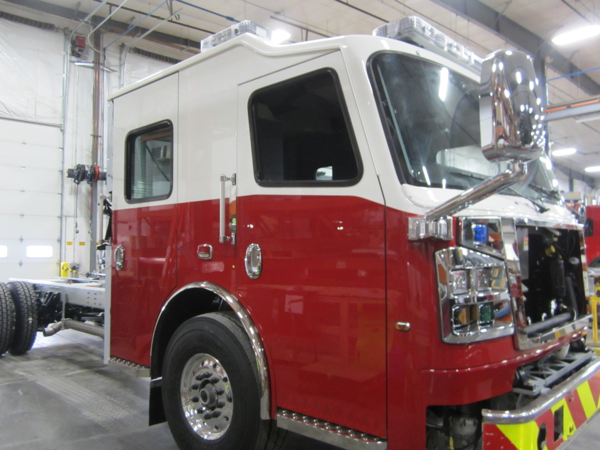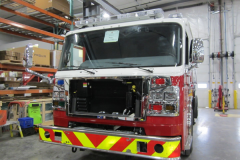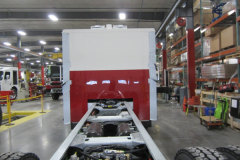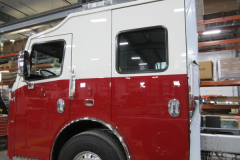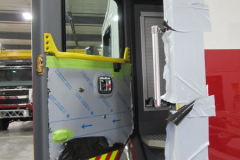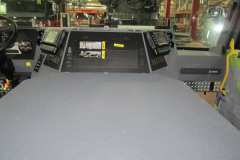Excerpts from the daily-journal.com:
Three Kankakee County engineering and construction companies are seeking the project manager role for the proposed construction of a second fire station in Bradley. The selection of a project manager will likely take place within the next 30 days. The project manager will oversee the project on behalf of the village, from start to finish.
The village is looking to construct a second fire station at 1690 Newtowne Drive, the location which was at one time the home of the Bradley-Bourbonnais Chamber of Commerce office. Expected additions to the site include a 3,500-square-foot garage to house a fire engine and an ambulance so that the department can better serve the north and northeast portions of the village. Renovations are also planned to the 4,200-square-foot former chamber property, which the village has owned for about 20 years, to make it compatible for fire and public safety needs.
The village’s only fire station is located at the Bradley Village Hall complex along West Broadway Street. A recent study showed the village’s fire and ambulance response times to the north and northeast sections of Bradley are far behind industry standards.
Village leadership hopes to have the anticipated $800,000-plus project completed by late summer to early fall.
thanks Dennis
